Electric Bikes: The Secret to a Hassle-Free Commute to Work

Electric bikes, also known as e-bikes, are bicycles that are equipped with an electric motor and battery to assist with propulsion. They have gained popularity as an alternative mode of transportation for commuting to work due to their convenience, ease of use, and eco-friendliness.
According to a report by NPD Group, shared by Forbes in 2020, sales of e-bikes had increased by 190% compared to the previous year. Additionally, a survey by Deloitte found that e-bikes were becoming more popular among commuters, with 40% of respondents saying they would consider using an e-bike for their commute. The same survey also found that e-bike ownership was highest among millennials and urban residents.
Furthermore, a study by the European Cyclists’ Federation showed that e-bikes could replace up to 50% of car journeys made in cities, which could lead to significant reductions in greenhouse gas emissions and air pollution.
Why Electric Bikes are Ideal for Commuting
Electric bikes have become increasingly popular for commuting to work due to several reasons. Firstly, using an electric bike is a more sustainable transportation option compared to traditional bikes or cars. Electric bikes produce zero emissions and do not contribute to air pollution, making them an eco-friendly mode of transportation.
Additionally, electric bikes are a practical option for urban commuters who may find it difficult to navigate traffic-congested roads in cars or pedal traditional bikes long distances. With the electric motor, riders can easily reach their destination without breaking a sweat, even when traveling uphill or against strong winds.
Moreover, owning and operating an electric bike is much cheaper than owning and operating a car. The cost of purchasing an electric bike is significantly lower than that of buying a car, and maintenance costs are also minimal. Electric bikes do not require gasoline, oil changes, or the regular maintenance that cars need, which means that they are much more cost-effective in the long run.
Furthermore, using an electric bike for commuting can save you significant amounts of money on fuel costs, parking fees, and other expenses associated with car use. In most cases, electric bikes can travel up to 20 miles per hour, which eliminates the need for expensive fuel costs and reduces overall transportation expenses.
How Electric Bikes Work
Electric bikes, also known as e-bikes, are a type of bicycle that is powered by an electric motor. The technology behind electric bikes involves the combination of three main components: the battery, the motor, and the controller.
The battery is the power source for the electric bike, providing energy to the motor. It is typically mounted on the frame or in a bag attached to the bike. The size and capacity of the battery can vary depending on the model, but most e-bikes use lithium-ion batteries that have a range of 20–60 miles per charge.
The motor is the component that assists the rider when pedaling. It is usually mounted in the hub of the rear wheel or the center of the frame. Some models may have a mid-drive motor that is located near the pedals. The power output of the motor varies depending on the model, with some providing up to 750 watts of power.
The controller is an electronic device that regulates the flow of power from the battery to the motor. The rider can adjust the motor's level of assistance by placing it typically close to the handlebars.
In addition to these main components, electric bikes may also include other features such as pedal-assist sensors, which detect the rider's pedaling speed and provide assistance accordingly. Some models may also have regenerative braking systems, which capture energy when the brakes are applied and use it to recharge the battery.
One of the key features that make electric bikes easy and convenient to use is their ability to assist the rider when pedaling. This makes them ideal for commuting and for riders who may not have the physical ability to pedal a traditional bike for long distances.
Another feature that makes e-bikes easy to use is their low maintenance requirements. Unlike gasoline-powered vehicles, electric bikes do not require regular oil changes or tune-ups. Additionally, the battery can be easily removed and charged indoors, making it convenient for riders who do not have access to outdoor electrical outlets.
Overall, the combination of a battery, motor, and controller makes electric bikes an innovative and accessible mode of transportation that is easy and convenient to use.
Tips for Choosing the Right Electric Bike
When selecting an electric bike, there are several factors that you should consider to ensure that you get the best one for your needs. Some of these factors include:
Range: The range refers to how far the bike can go on a single charge. If you plan on using your electric bike for commuting or long rides, it's important to choose one with a longer range.
Speed: Electric bikes come with different speed limits, so you need to consider how fast you want to go. If you plan on riding in traffic, you may want to opt for a faster electric bike.
Weight: The weight of the electric bike can affect its maneuverability and portability. If you plan on carrying the bike upstairs or transporting it in your car, you may want to choose a lighter model.
Battery type: The type of battery used in the electric bike can affect its performance and durability. Lithium-ion batteries are generally considered the best option due to their high energy density and long lifespan.
Price: Electric bikes can vary significantly in price, so it's important to determine your budget before making a purchase.
When choosing the right size and style of electric bike, it's important to consider your height and riding style. Most electric bikes come in different frame sizes, so you can choose one that suits your height and provides a comfortable riding position. It's also important to consider the type of riding you will be doing. Do you plan on riding long distances or taking on steep hills? If so, you may want to choose an electric mountain bike or a hybrid bike with wider tires and a more powerful motor.
There are several types of electric bikes available in the market, including:
City/commuter bikes: These bikes are designed for urban environments and are ideal for commuting or running errands.
Mountain bikes: These bikes are designed for off-road terrain and feature wider tires and a more powerful motor.
Folding bikes: These bikes are designed for portability and can be easily folded up for storage or transportation.
Hybrid bikes: These bikes combine the features of city and mountain bikes, making them versatile for a range of riding styles.
Ultimately, the type of electric bike you choose will depend on your specific needs and preferences. It's important to do your research, test-ride different models, and find one that suits your riding style and budget.
Safety Considerations for Riding an Electric Bike
Riding an electric bike in traffic can be a fun and convenient way to get around, but it's important to take safety precautions to protect yourself and others. Here are some safety tips for riding an electric bike in traffic:
Wear a helmet: Wearing a helmet is one of the most important safety measures you can take when riding any type of bike. A properly fitting helmet can help prevent head injuries in the event of a crash or fall.
Obey traffic laws: Just like any other vehicle on the road, electric bikes must follow traffic laws. This includes stopping at stop signs and traffic lights, using hand signals when turning, and riding with the flow of traffic.
Be visible. Make sure that you wear bright or reflective clothing, especially if you're riding at night. You can also add reflective tape or lights to your bike to increase visibility.
Be aware of your surroundings. Pay attention to your surroundings and stay alert for potential hazards, such as parked cars opening doors into your path. Avoid distractions, such as using your phone or listening to music, while riding.
Check your bike before each ride. Before each ride, check your electric bike to ensure that it's in good working condition. Check the tires, brakes, and lights, and make any necessary repairs or adjustments.
The importance of wearing safety gear cannot be overstated when riding an electric bike in traffic. In addition to a helmet, you may want to consider wearing other safety gear, such as:
Eye protection: Sunglasses or clear glasses can protect your eyes from wind, dust, and debris.
Gloves: Wearing gloves can provide extra grip and cushioning and protect your hands in the event of a fall.
Reflective clothing: As mentioned earlier, wearing bright or reflective clothing can increase your visibility to drivers, especially at night.
Arm and leg protection: Wearing long-sleeved shirts and pants can protect your skin from scrapes and bruises in the event of a fall.
By following these safety tips and wearing appropriate safety gear, you can enjoy riding your electric bike in traffic while minimizing the risks of accidents and injuries.
In summary, electric bikes have become an increasingly popular mode of transportation for commuting to work due to their numerous benefits. They offer significant cost savings compared to cars since they require less maintenance and fuel to work due to their numerous benefits. They offer significant cost savings compared to cars since they require less maintenance and fuel. Additionally, they are time-saving, allowing riders to avoid traffic jams and get to work faster, especially in busy cities.
Moreover, electric bikes are environmentally friendly as they do not produce any emissions, making them an ideal choice for reducing your carbon footprint. Riding an electric bike also promotes overall health and well-being since it provides light exercise and reduces stress levels. Furthermore, electric bikes are easy to use and do not require any special skills or licenses to operate.
Investing in an electric bike can transform your daily commute into an enjoyable experience while being beneficial for your wallet, health, and the environment. You can find further information on electric bikes from resources such as the Electric Bike Association or the Electric Bike Report. Consider switching to an electric bike today and experiencing a more convenient and eco-friendly way to commute to work.


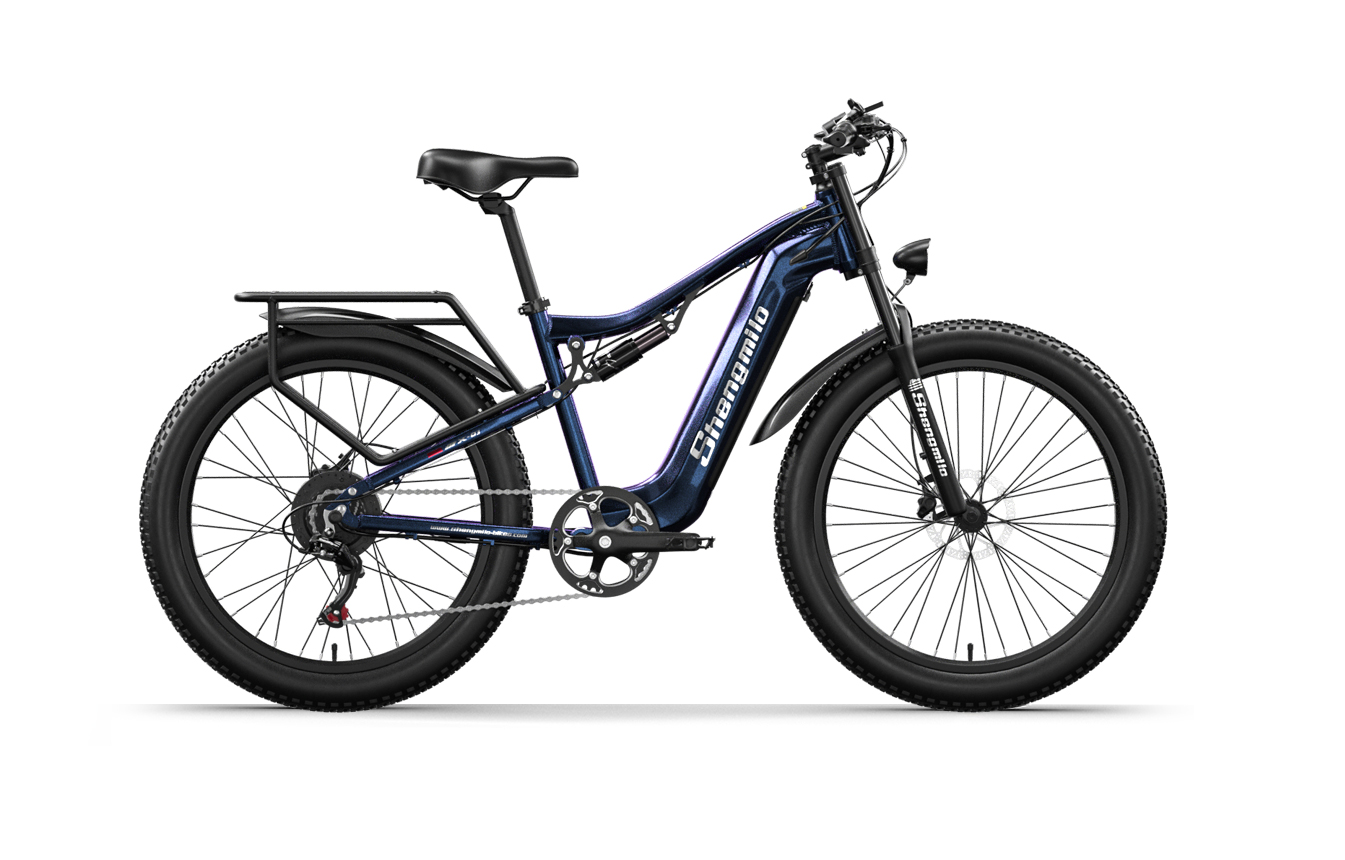
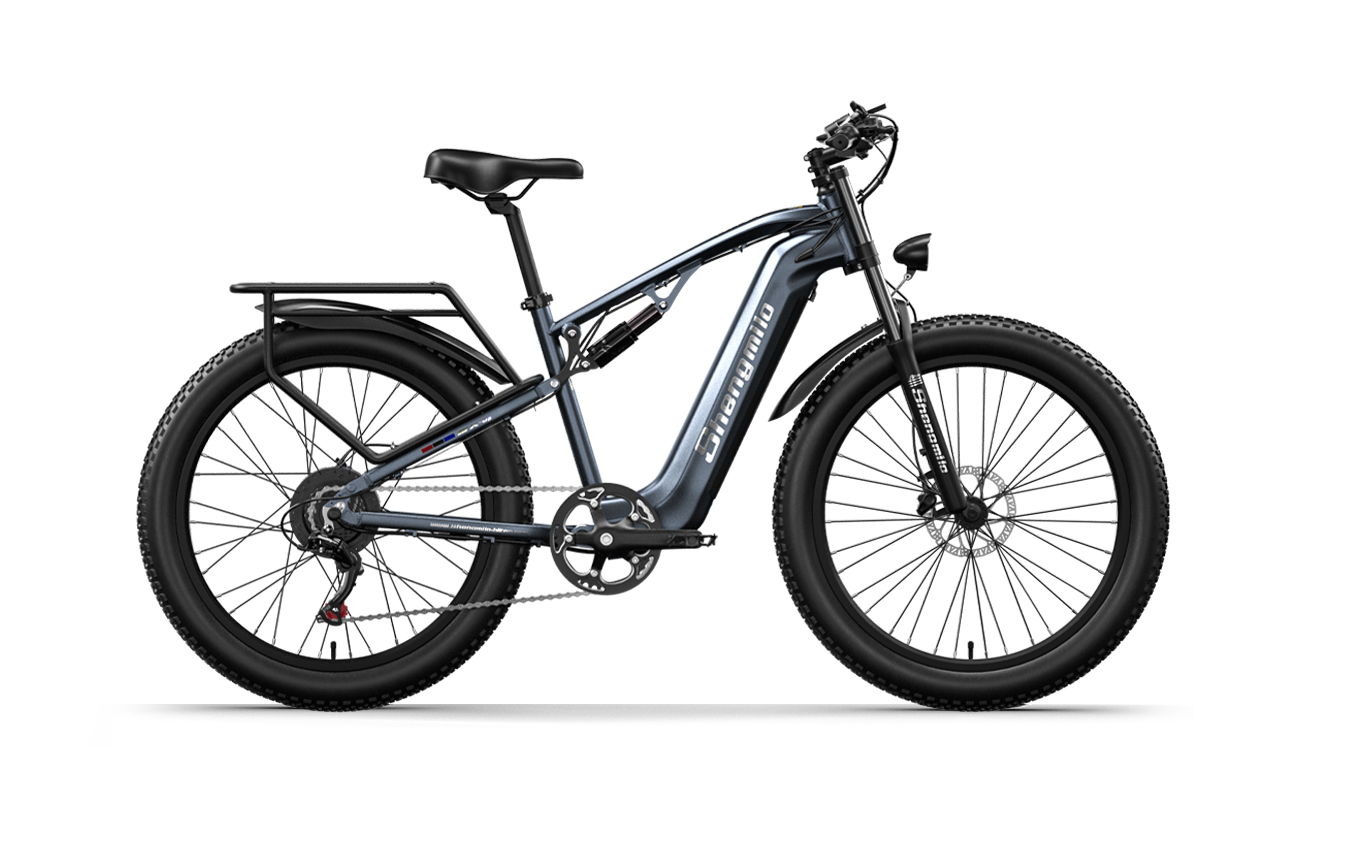


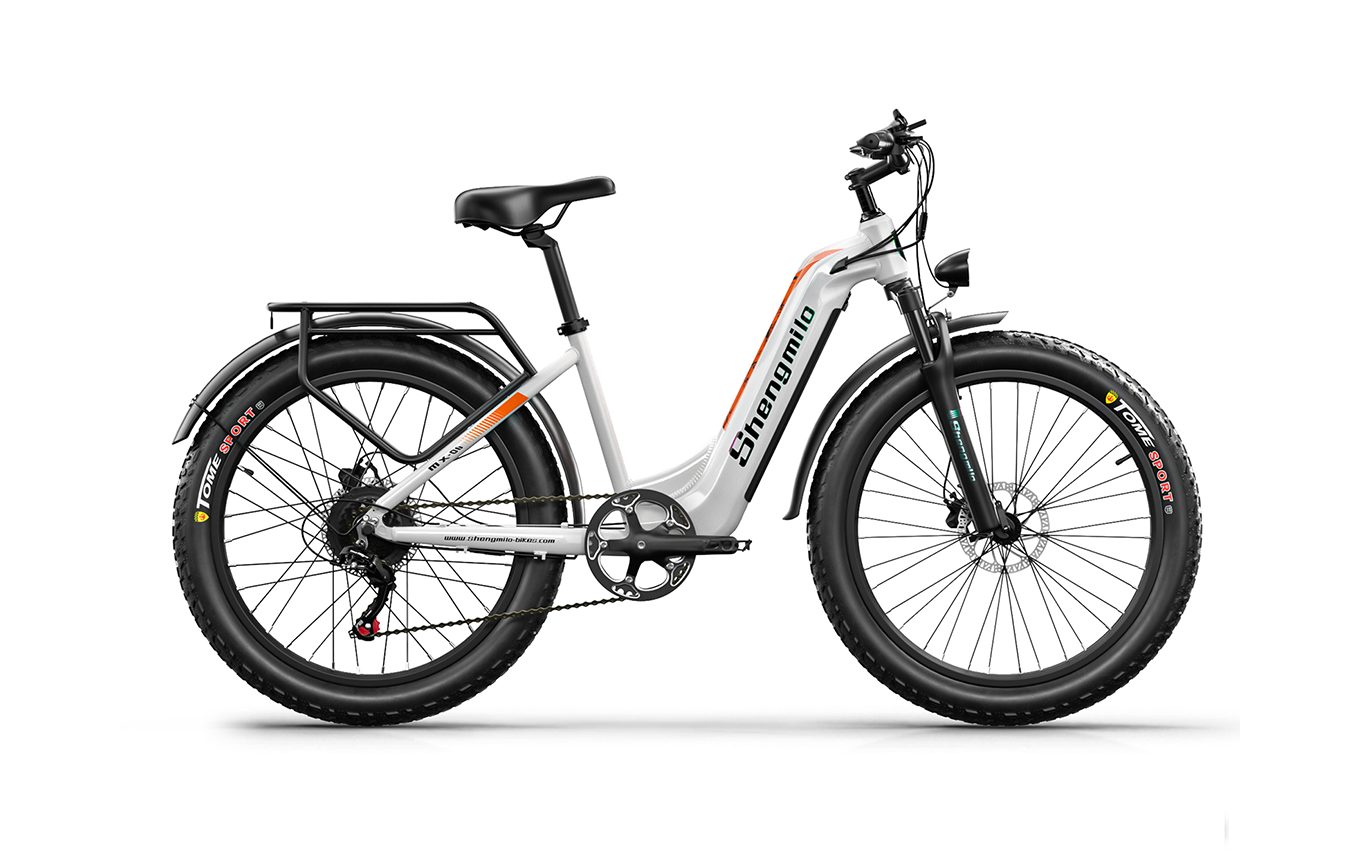
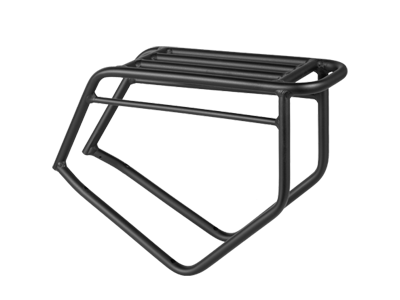
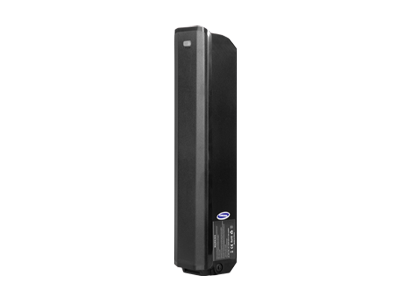
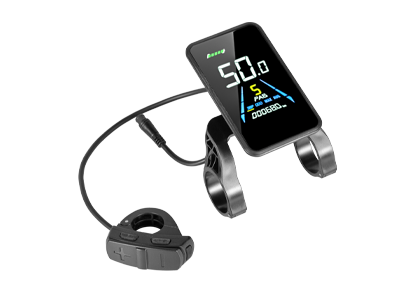
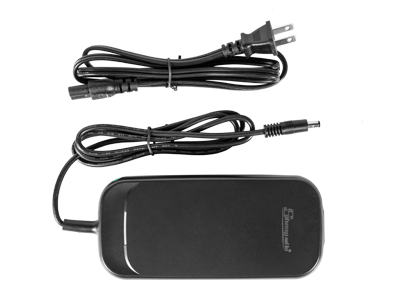
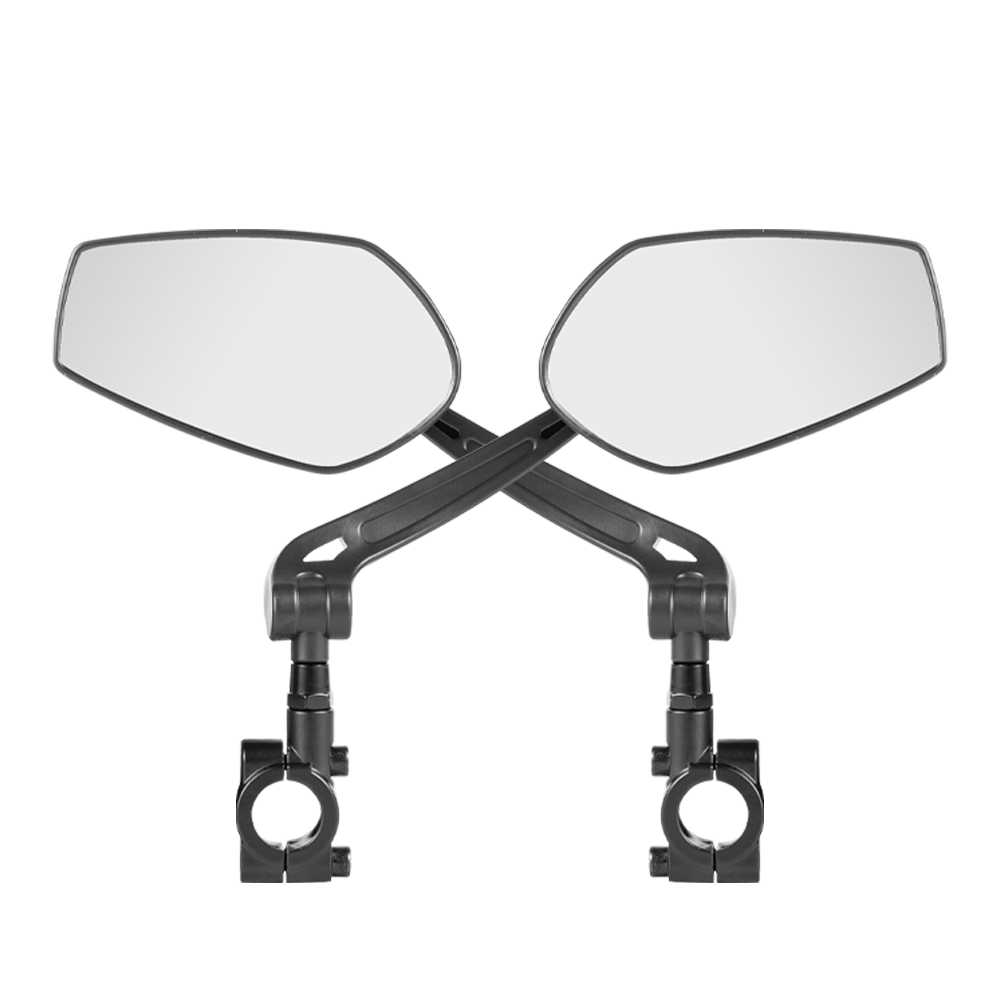
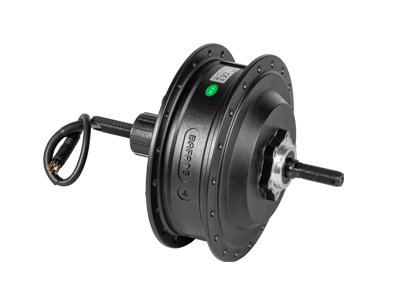
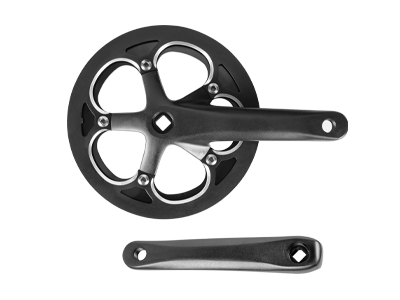
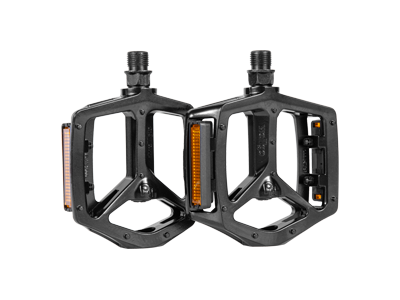
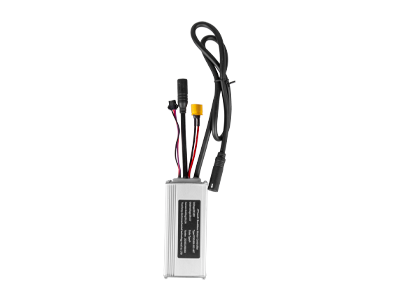
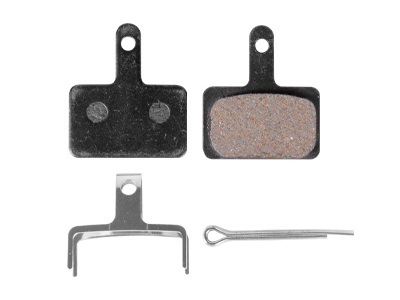
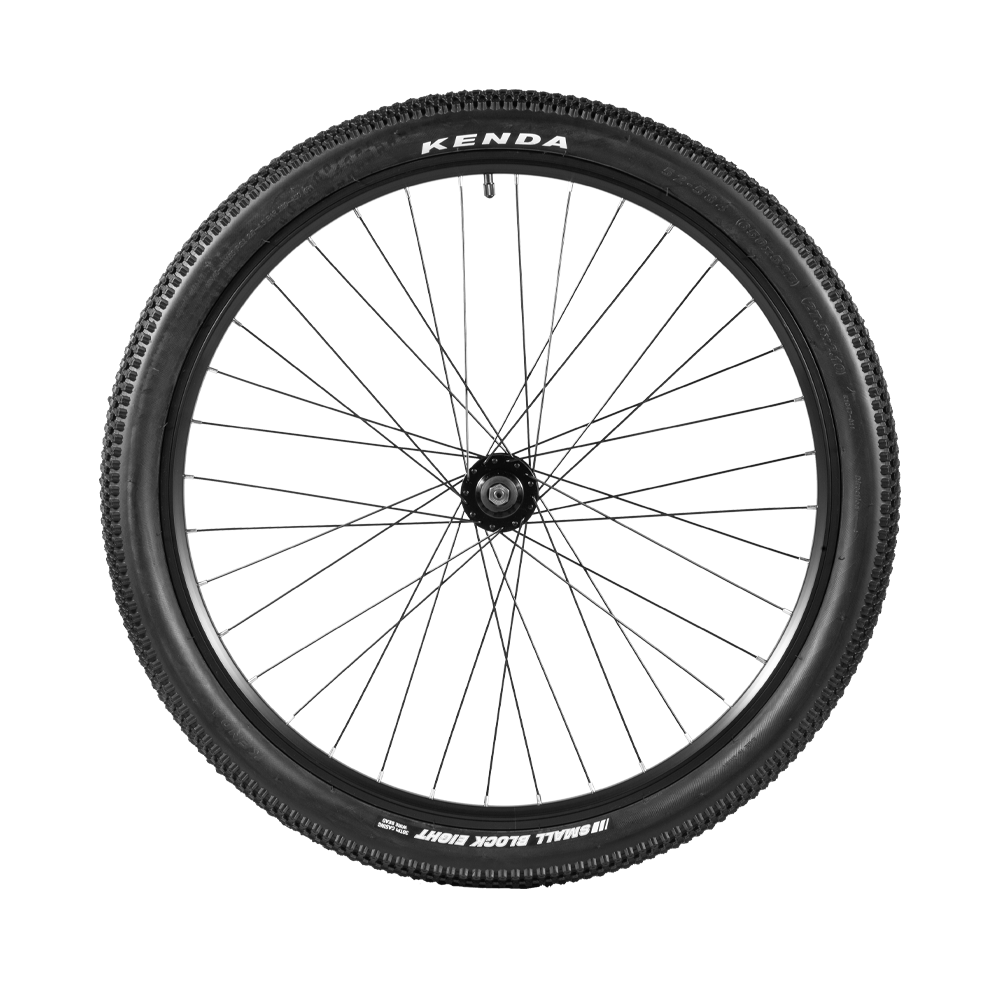






Leave a comment